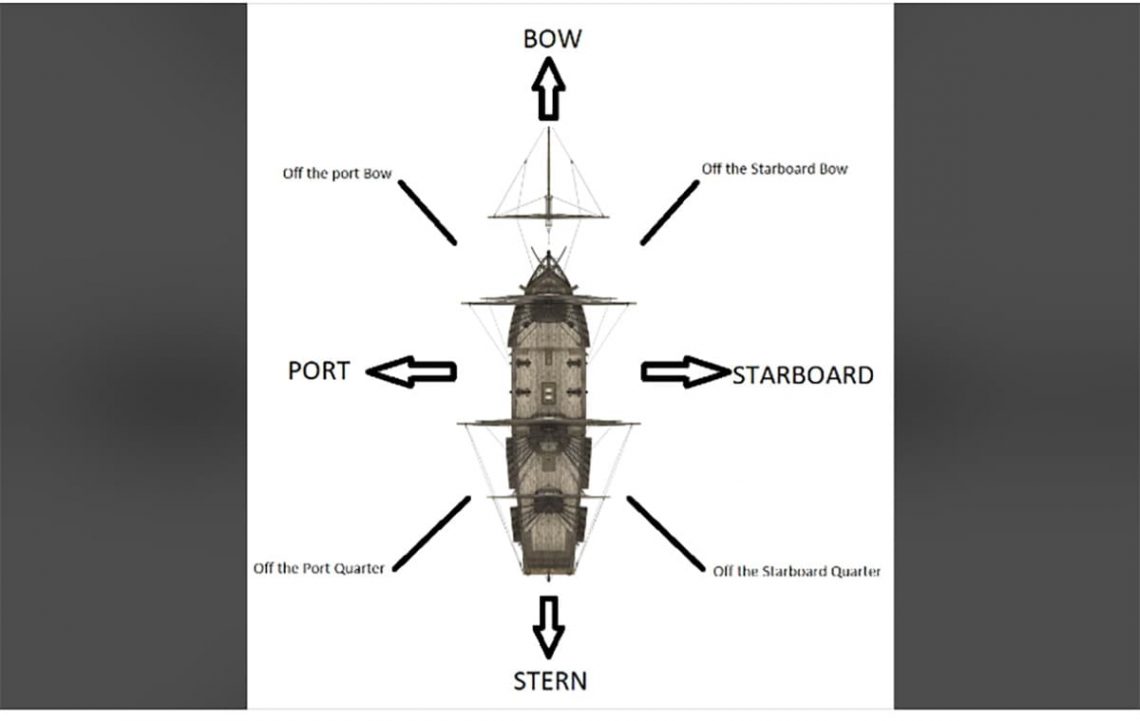While India prays for the safety of the junior sailor who went missing after the fire on the Indian Navy’s frontline guided missile frigate INS Brahmaputra on Sunday evening, the severely damaged warship is now resting on her left or the port side. The vessel tilted heavily following the fire while undergoing a refit at the naval dockyard in Mumbai.
The nearly 3,600-tonne INS Brahmaputra is equipped with a sophisticated arsenal including surface-to-surface and surface-to-air missiles, medium-range guns, anti-submarine rockets, radars, sonars and advanced electronic warfare systems. The frigate measures 125 meters in length and has a beam of 14.4 meters, enabling it to sail at speeds of up to 30 knots. Typically, the ship is crewed by 40 officers and 360 sailors. If it is even possible, salvaging the INS Brahmaputra will be an extremely challenging task.
Over the years, the Indian Navy has faced several fire incidents on its ships and submarines, raising serious concerns about safety protocols, maintenance and operational procedures. These incidents have significantly impacted the navy’s operational readiness, prompting investigations and leading to policy changes aimed at improving safety measures.
INS Sindhurakshak (2013)
One of the most notable incidents occurred on August 14, 2013, when the Kilo-class submarine INS Sindhurakshak experienced a series of explosions followed by a massive fire while docked in Mumbai. The submarine, fully armed at the time, sank, resulting in the tragic loss of 18 naval personnel. This incident was primarily attributed to human error leading to an internal explosion in the torpedo section. The disaster significantly affected the navy’s submarine strength and raised critical questions about the safety protocols for handling munitions on submarines.
INS Konkan (2013)
On December 4, 2013, the minesweeper INS Konkan experienced a fire while docked in Visakhapatnam. The fire was contained, but the vessel sustained considerable damage. Investigations pointed to a short-circuit and inadequate fire suppression systems as the cause. This incident prompted a review of fire-fighting capabilities and equipment on similar vessels within the fleet.
INS Sindhuratna (2014)
Another serious incident took place on February 26, 2014, involving INS Sindhuratna, a Kilo-class submarine conducting a routine training exercise off the Mumbai coast. An electrical fire broke out in the cables, leading to smoke engulfing the submarine. Unfortunately, two officers lost their lives and several crew members suffered from smoke inhalation. This incident led to the resignation of then Admiral DK Joshi, who took moral responsibility for the mishap.
INS Viraat (2016)
In September 2016, a minor fire broke out on the decommissioned aircraft carrier INS Viraat during welding operations at the Mumbai Dockyard. Although the fire was quickly brought under control, it underscored the importance of maintaining stringent safety measures even on decommissioned vessels.
INS Betwa (2016)
On December 5, 2016, the guided missile frigate INS Betwa experienced a significant accident while undocking in Mumbai. The frigate toppled over due to a failure in dock-blocks resulting in two deaths and 14 injuries. This incident raised concerns about the navy’s ship-handling procedures and dock safety practices.
INS Shivalik (2018)
Another fire incident occurred on January 10, 2018, involving the stealth frigate INS Shivalik at the Karwar Naval Base. A fire in the engine room was caused by an oil leak, which caught fire upon contact with hot surfaces. Although the fire was controlled without major damage, it highlighted the vulnerability of advanced vessels to such risks.
INS Ranvir (2022)
In more recent times, on January 18, 2022, an explosion led to a fire on the destroyer INS Ranvir at the naval dockyard in Mumbai. Three naval personnel lost their lives and 11 were injured in the incident. The explosion, possibly related to a malfunction in the air-conditioning system, emphasised the need for better upkeep of older ships.
INS Sahyadri (2023)
Another incident in March 2023 involved the INS Sahyadri, where a fire broke out in the engine room during a routine patrol mission in the Indian Ocean. The fire was attributed to a technical fault in the fuel lines.
Causes of fires in the Indian Navy
Recurring fire incidents in the Indian Navy are attributed to several factors.
First, the ageing fleet is a significant concern, as many vessels, like submarines INS Sindhurakshak and INS Sindhuratna, are over two decades old and prone to mechanical failures. Second, maintenance lapses often arise from budget constraints and resource allocation issues, resulting in delays that impact operational safety and readiness. Third, human error, particuarly procedural lapses have been a recurrent issue sometimes leading to severe consequences as seen in the Sindhurakshak and Sindhuratna incidents. Fourth, technical failures, such as malfunctions in electrical systems and engines have been identified as causes of fires with battery failures and short circuits being recurrent issues. Lastly, safety protocols and fire suppression systems both need a serious relook to address onboard risks.
The impact of these fires on the Indian Navy’s operational readiness is significant. The loss of assets, such as INS Sindhurakshak, depletes the navy’s capabilities and creates strategic gaps. Financial costs of repairing and replacing damaged vessels strain the navy’s budget diverting resources from modernisation and acquisitions. The psychological impact on personnel can undermine confidence in safety measures affecting morale and operational effectiveness. Operational delays also occur during repairs leading to gaps in maritime security coverage and impacting readiness.
The series of fire incidents within the Indian Navy highlights the critical need for comprehensive strategies encompassing maintenance, training and modernisation. While efforts are being made to address these challenges, continuous vigilance and proactive measures are essential to safeguard naval assets and ensure operational readiness.
Link to article –
INS Brahmaputra and more: Why are India’s warships so prone to fire in peacetime, and at home?
